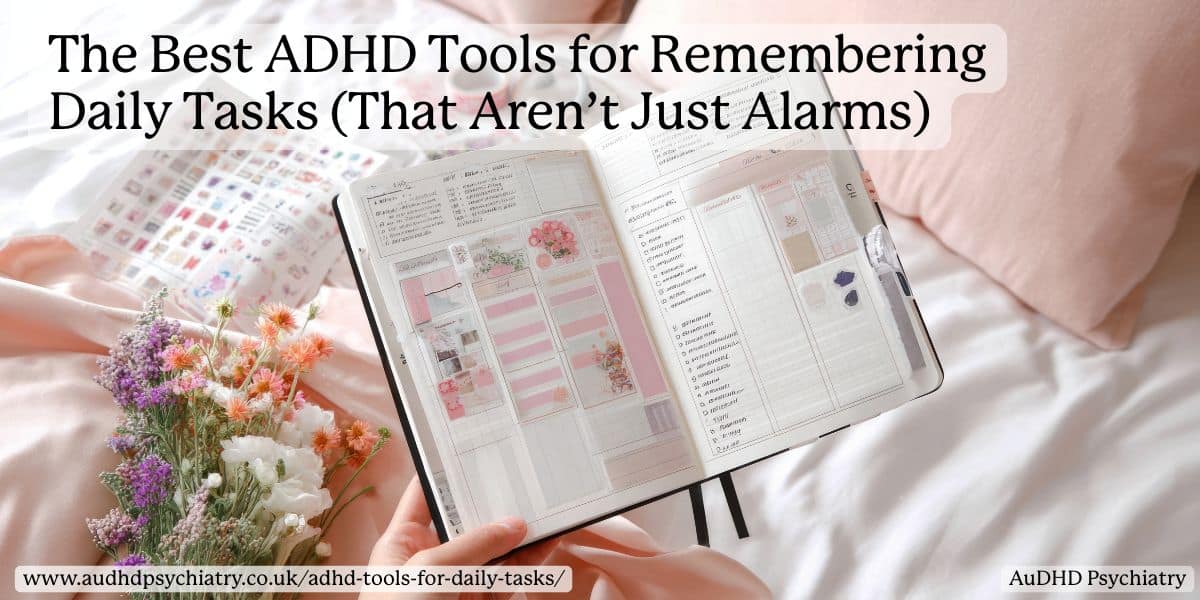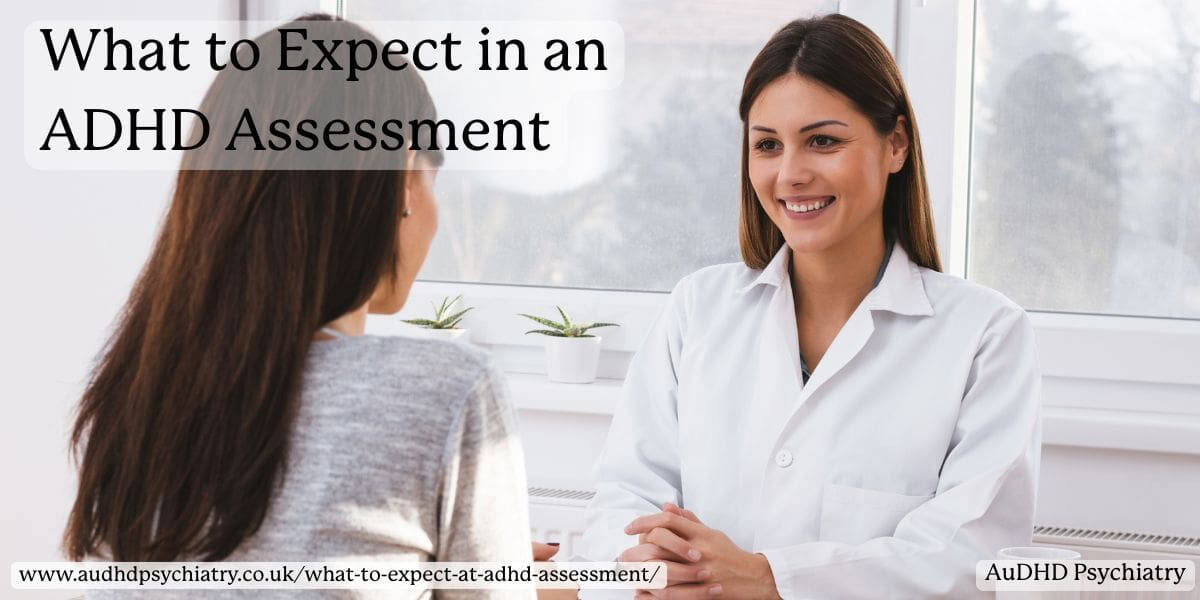
In our fast-paced, technology-driven world, the digital landscape can be both a blessing and a curse—especially for individuals with ADHD. While technology offers incredible tools for organization and connection, it also presents challenges that can exacerbate ADHD symptoms. Understanding how to navigate this digital age is essential for improving focus, managing screen time, and fostering healthier online habits. (Also, if you’re looking for private ADHD assessments for the Glasgow community, give us a call today!)
The Impact of Technology on ADHD
Research has shown that excessive screen time can negatively affect attention span, impulse control, and emotional regulation, particularly in individuals with ADHD. A study published in The Lancet Child & Adolescent Health found that higher screen time is associated with an increased risk of ADHD symptoms in children (Lissak, 2018). Additionally, another study highlighted how social media can lead to distractions and difficulties in focusing on tasks (Twenge & Campbell, 2018).
The hyper-stimulation from constant notifications and updates can create an environment where maintaining attention becomes a struggle. This can lead to a cycle of frustration and distraction, making it even harder to engage in daily responsibilities or focus on tasks at work or school.
Strategies for Managing Screen Time
-
- Set Clear Boundaries: Establish specific times for screen use, including work, leisure, and social media. Consider implementing tech-free zones in your home, especially during meals or family time, to encourage meaningful interactions without digital distractions.
-
- Use Screen Time Tracking Tools: Many devices now come with built-in screen time tracking features. Utilize these tools to monitor usage and identify patterns that may lead to excessive screen time. Apps like Moment or Forest can help you stay accountable by limiting distractions and promoting healthier habits.
-
- Create a Schedule: Plan your day with dedicated time for digital tasks and breaks. Breaking tasks into manageable chunks can help maintain focus and reduce the overwhelm that often comes with multitasking in a digital environment.
-
- Curate Your Social Media Feeds: Be intentional about who and what you follow. Unfollow accounts that cause anxiety or distract from your goals. Instead, curate your feed with positive, inspiring content that aligns with your interests and values.
-
- Engage in Mindful Tech Use: Before reaching for your phone or computer, pause and ask yourself if it aligns with your current goals. Practicing mindfulness can help reduce impulsivity and foster more intentional engagement with technology.
-
- Prioritize Offline Activities: Engage in hobbies that don’t involve screens, such as reading, exercising, or spending time in nature. These activities can help recharge your focus and provide a welcome break from the digital world.
-
- Communicate with Others: Share your goals regarding screen time with friends and family. Their support can help you stay accountable and encourage them to join you in creating healthier habits.
-
- Limit Notifications: Disable non-essential notifications on your devices to reduce distractions. This can help create a calmer digital space and allow for better focus on important tasks.
-
- Incorporate Breaks: Use techniques like the Pomodoro Technique, which involves working for 25 minutes followed by a 5-minute break. During breaks, step away from screens and engage in a brief physical activity or mindfulness exercise.
-
- Seek Professional Guidance: If screen time becomes a significant challenge, consider reaching out to a therapist or ADHD coach. They can provide tailored strategies and support to help you navigate the digital landscape more effectively. Many people also benefit from structured ADHD coaching services, which focus on building practical routines, accountability, and personalized strategies for managing daily challenges.
Conclusion
In this digital age, ADHDers face unique challenges that require thoughtful strategies to manage screen time and social media effectively. By establishing clear boundaries, utilizing tools, and prioritizing mindful tech use, it’s possible to harness the benefits of technology while minimizing its negative impacts.
If you’re struggling to manage your ADHD in today’s digital world, consider taking the first step with an private ADHD assessment in Glasgow. This can provide clarity and guidance tailored to your unique needs, helping you thrive both online and offline. Remember, you’re not alone on this journey—there are resources available to help you create a healthier relationship with technology.
You can also learn additional tips on how staying hydrated can help ADHD symptoms, see our blog on Hydration and ADHD.
References:
- Lissak, G. (2018). Screen Time and Adverse Health Effects on Children and Adolescents: A 10-Year Systematic Review. The Lancet Child & Adolescent Health.
- Twenge, J. M., & Campbell, W. K. (2018). The Age of Anxiety: How New Technology is Harming Young People.
For more resources and support, feel free to contact us! (You can also check out previous post on managing ADHD in the workplace). Together, we can find effective strategies to manage ADHD in a digital world.
You Might Also Like
Contact Us
We’re here to answer any questions you might have.
Get in Touch
Opening Hours
Contact Form
We’re here to help. Reach out and we’ll get back to you within 24 hours (Monday – Friday).



